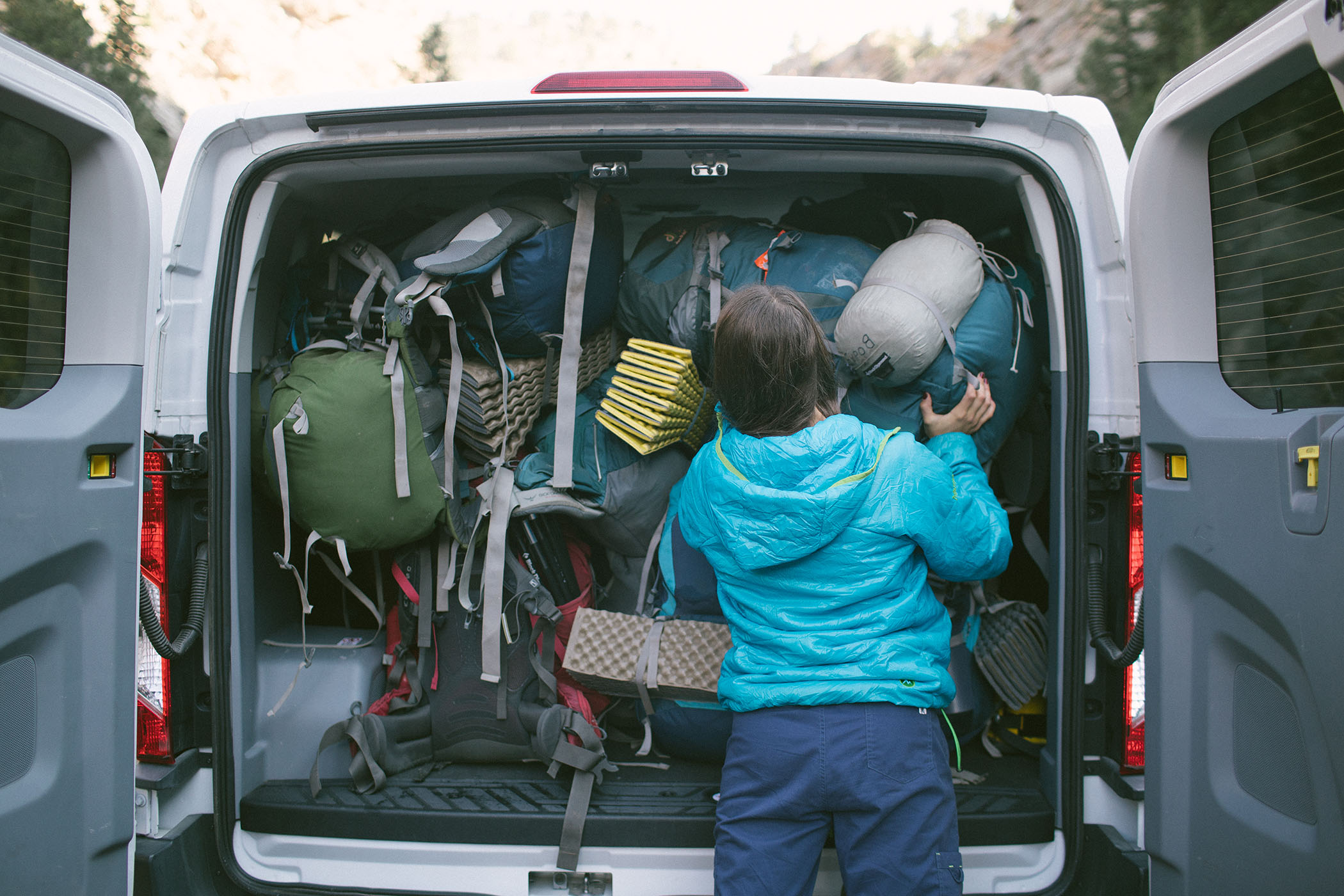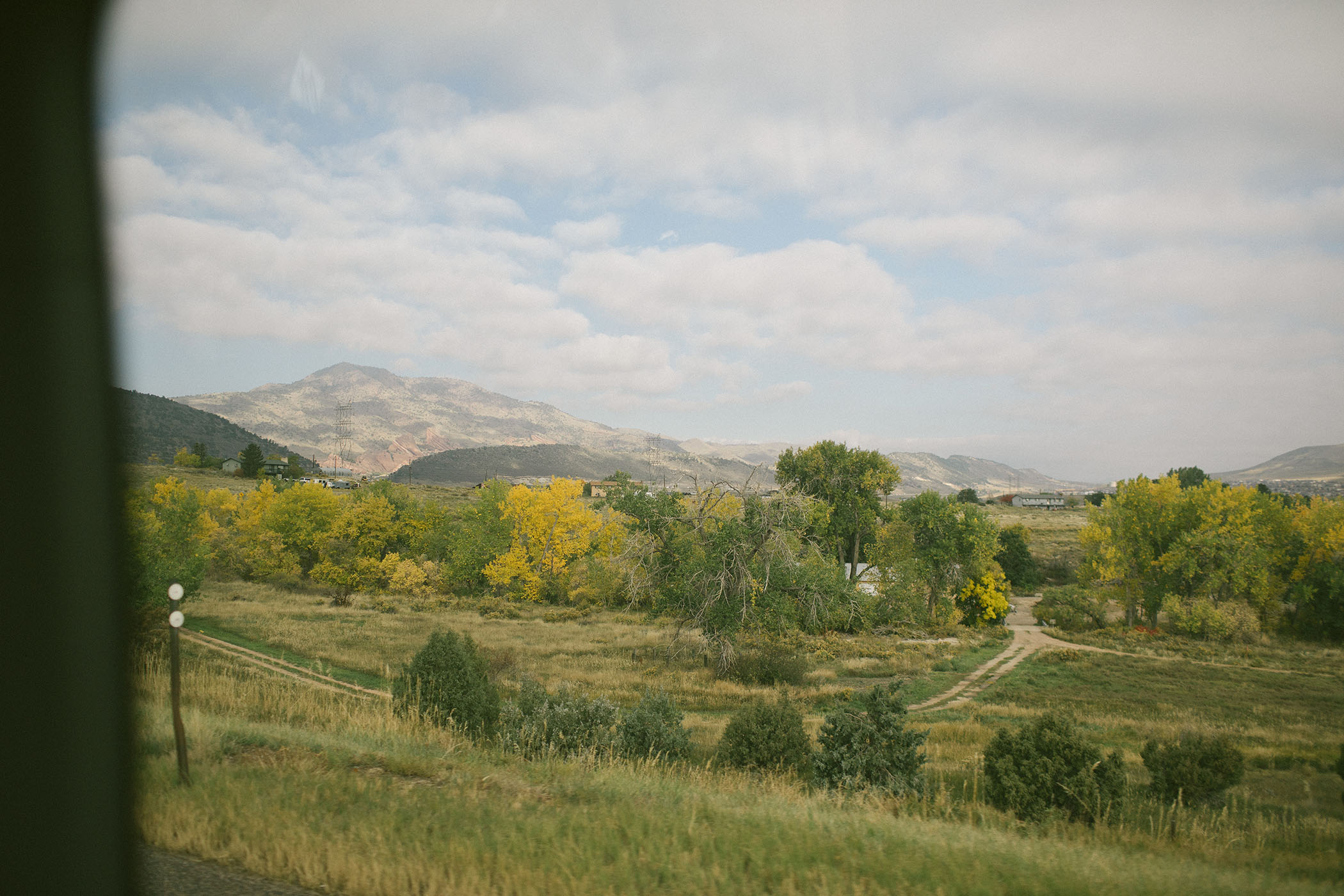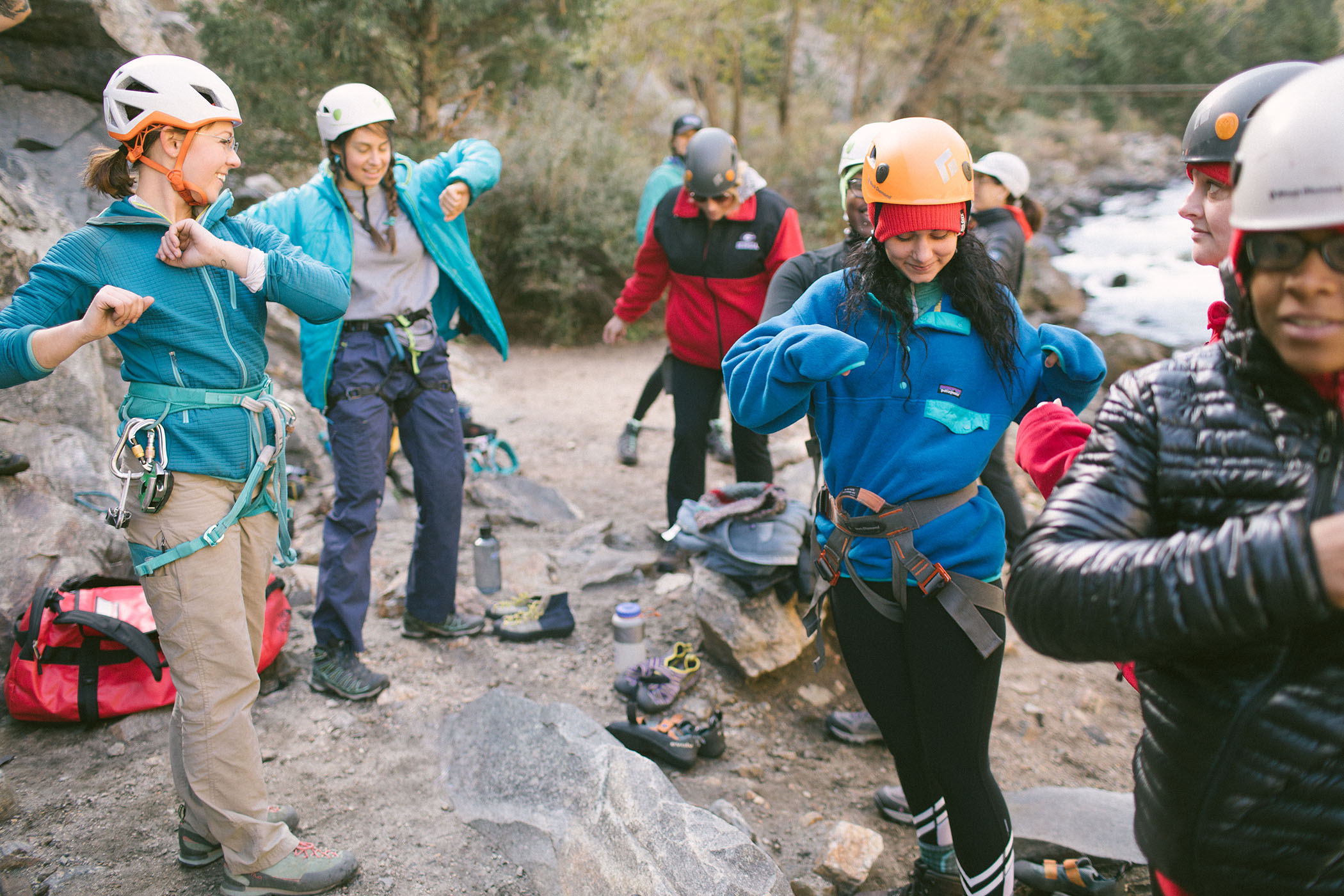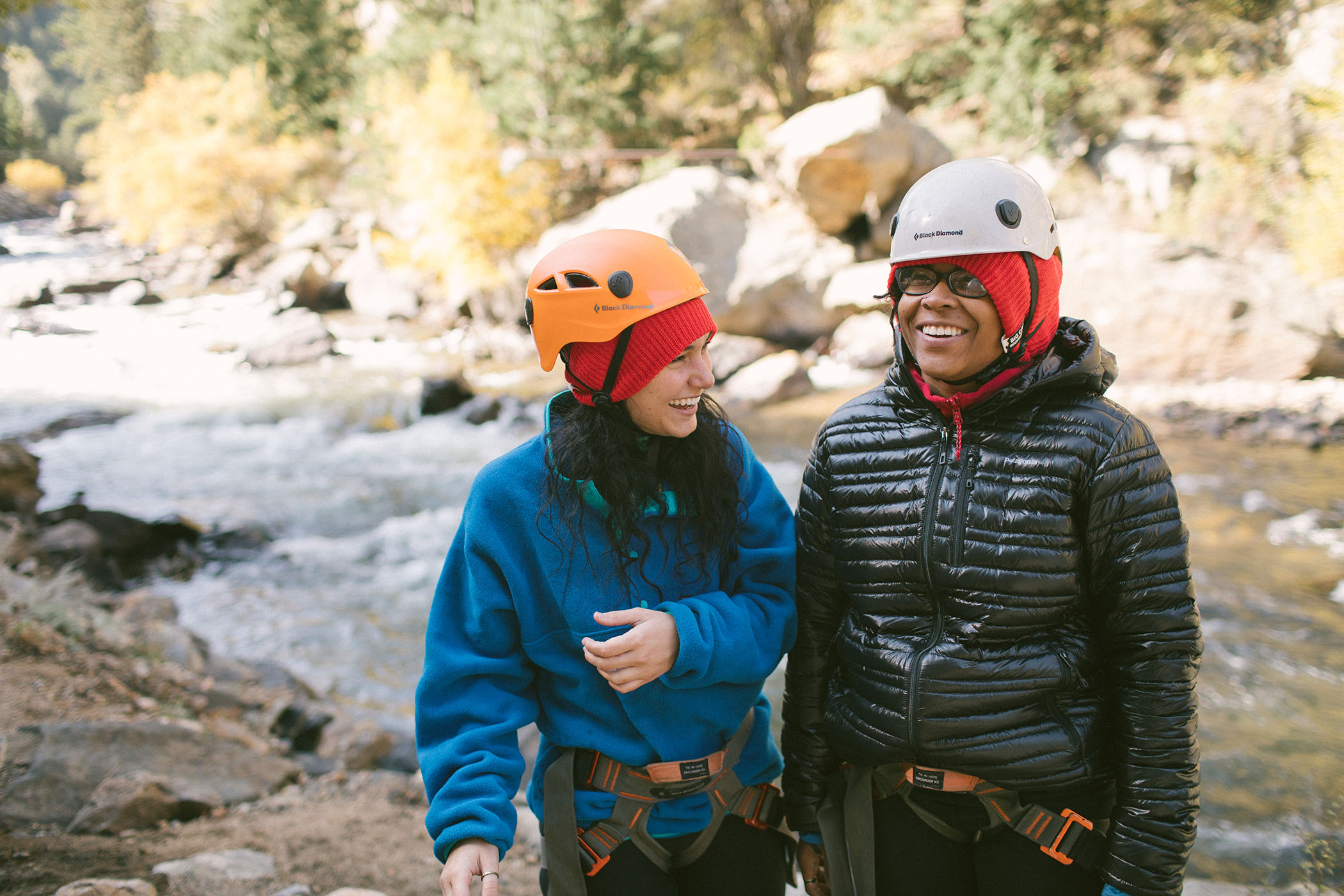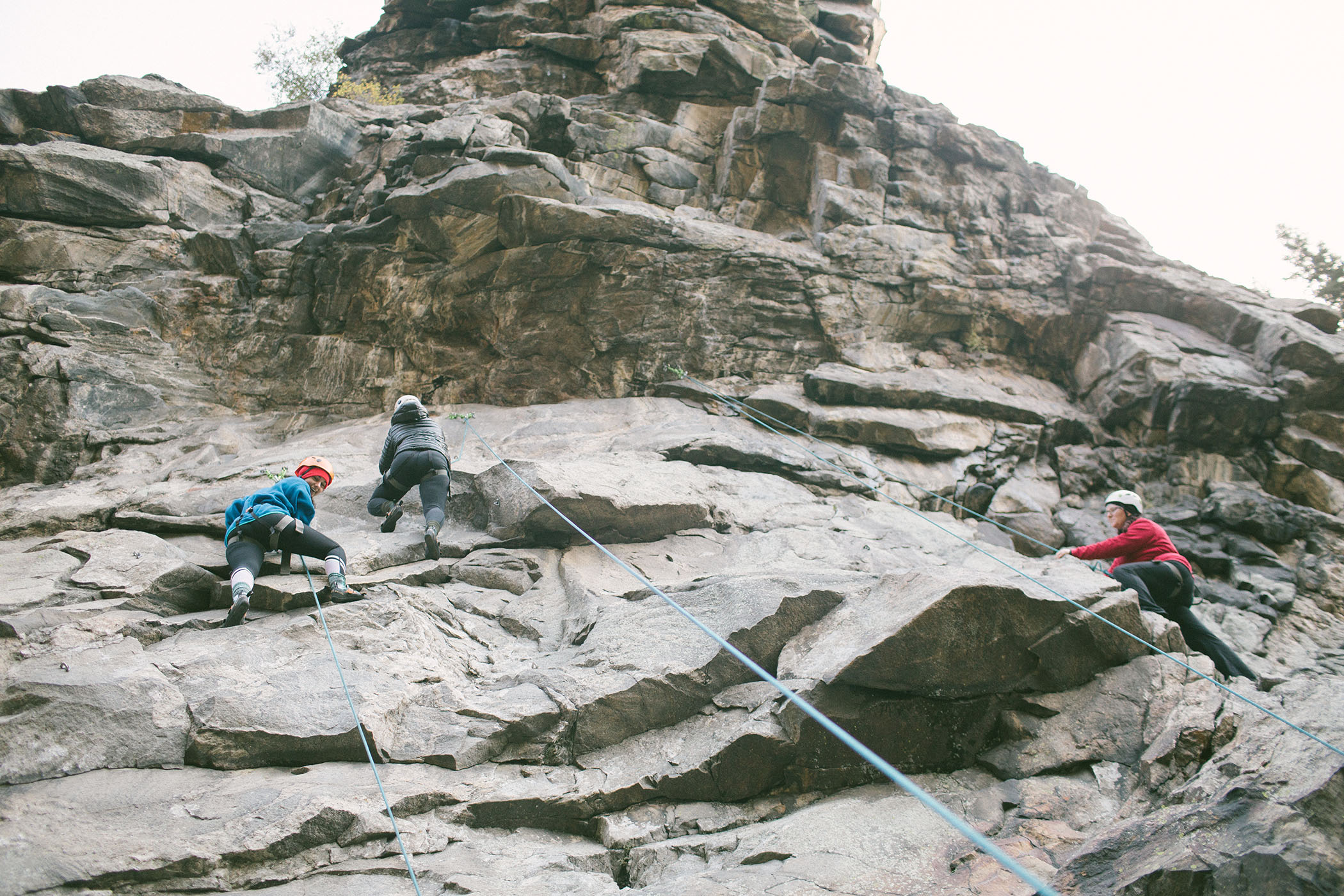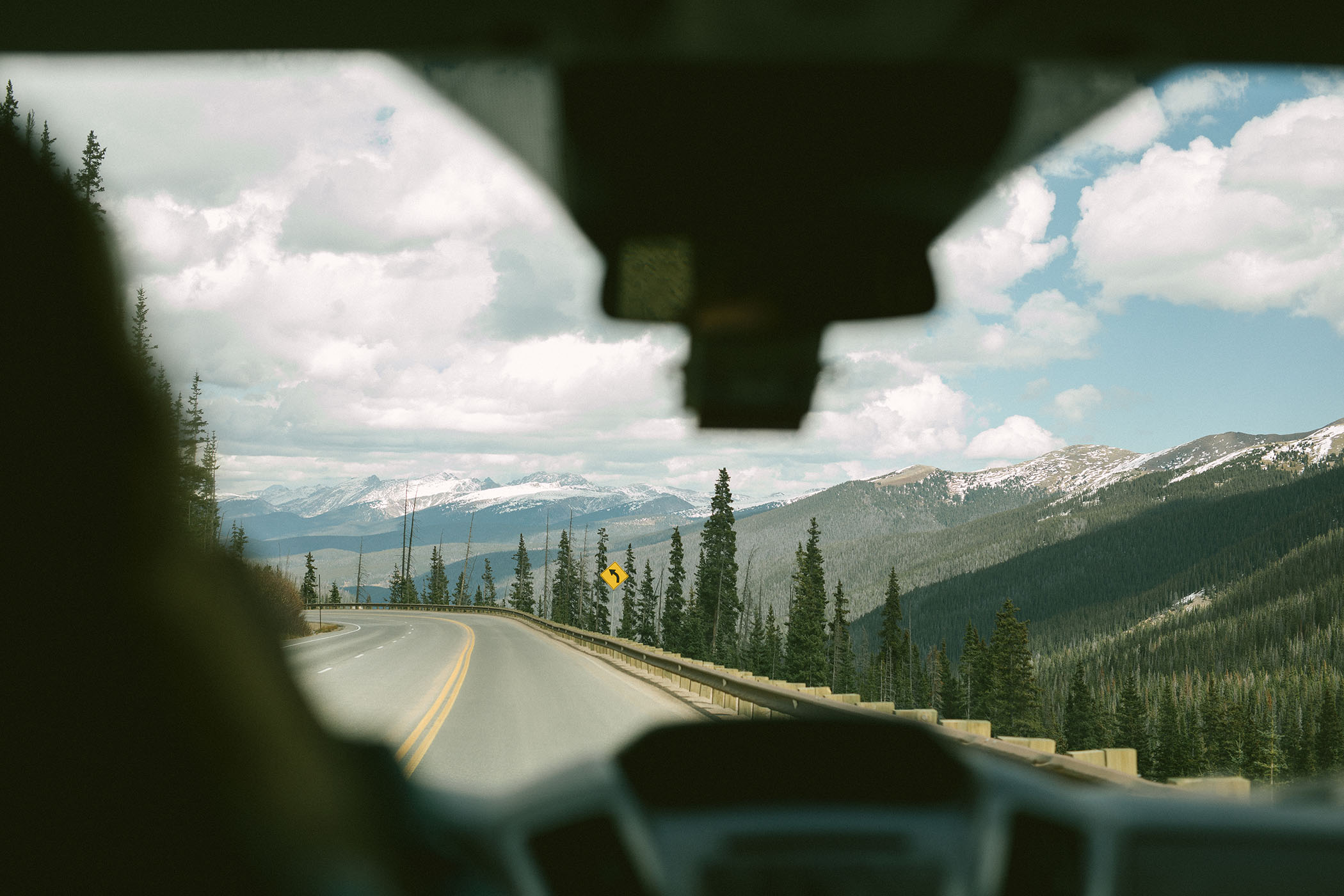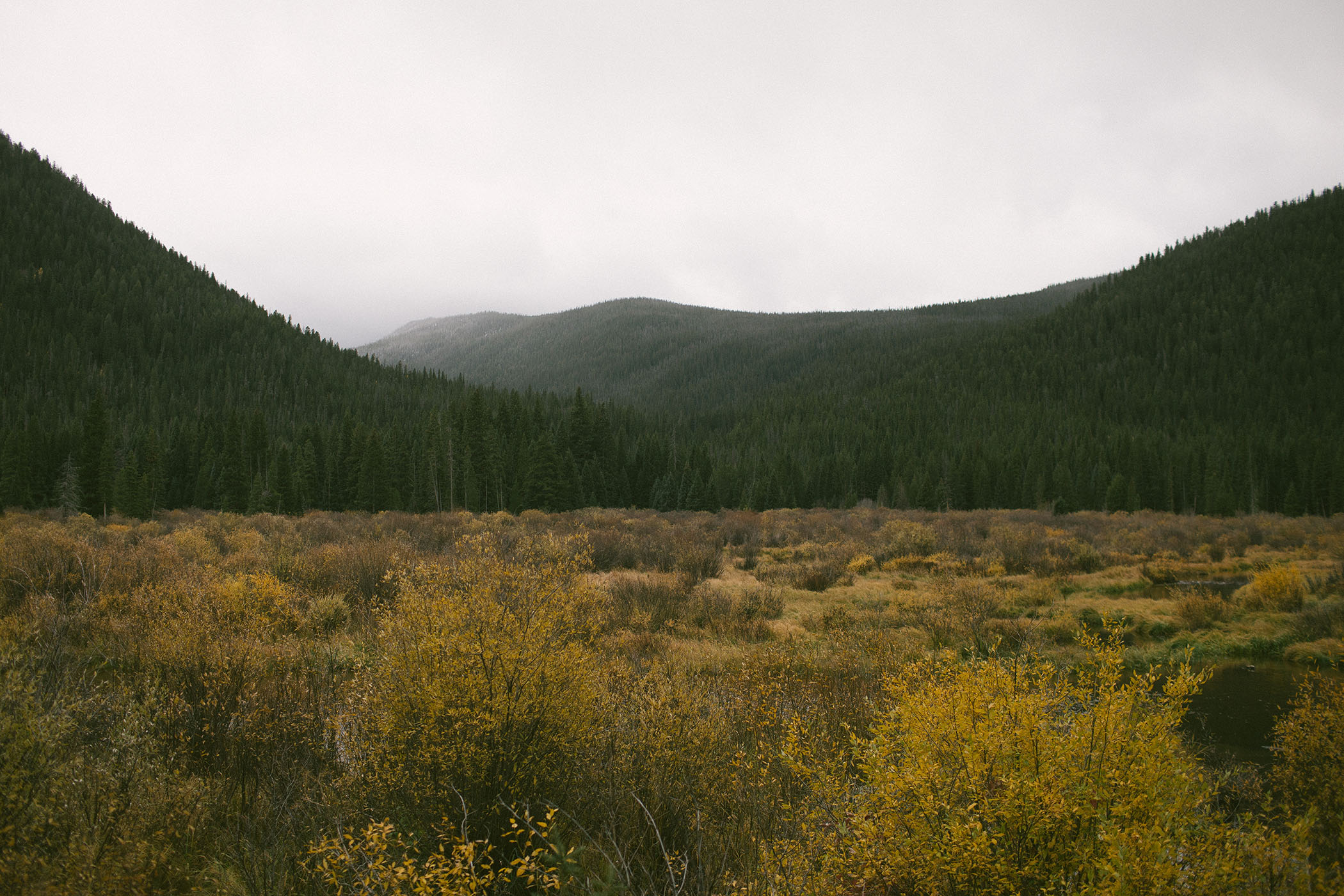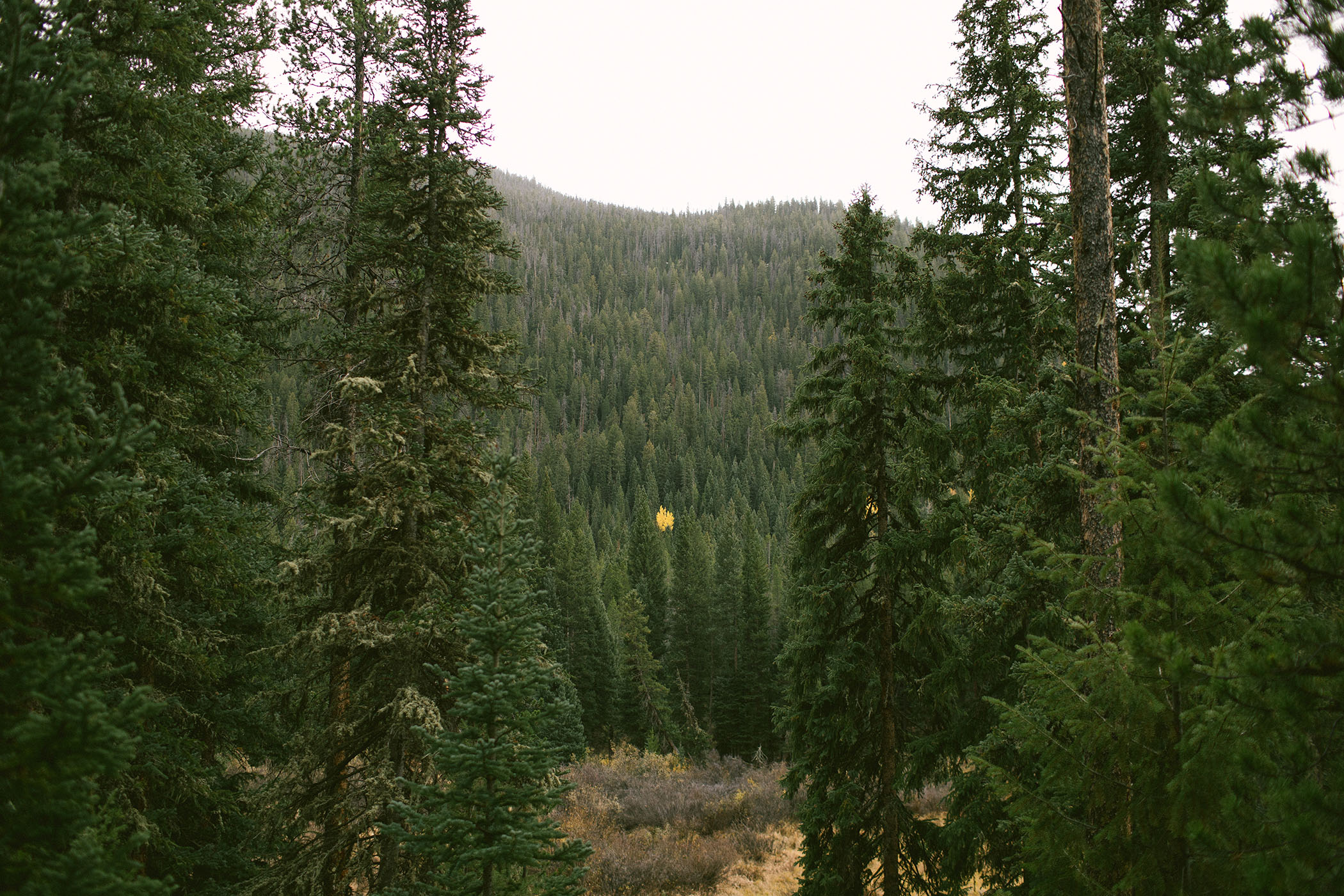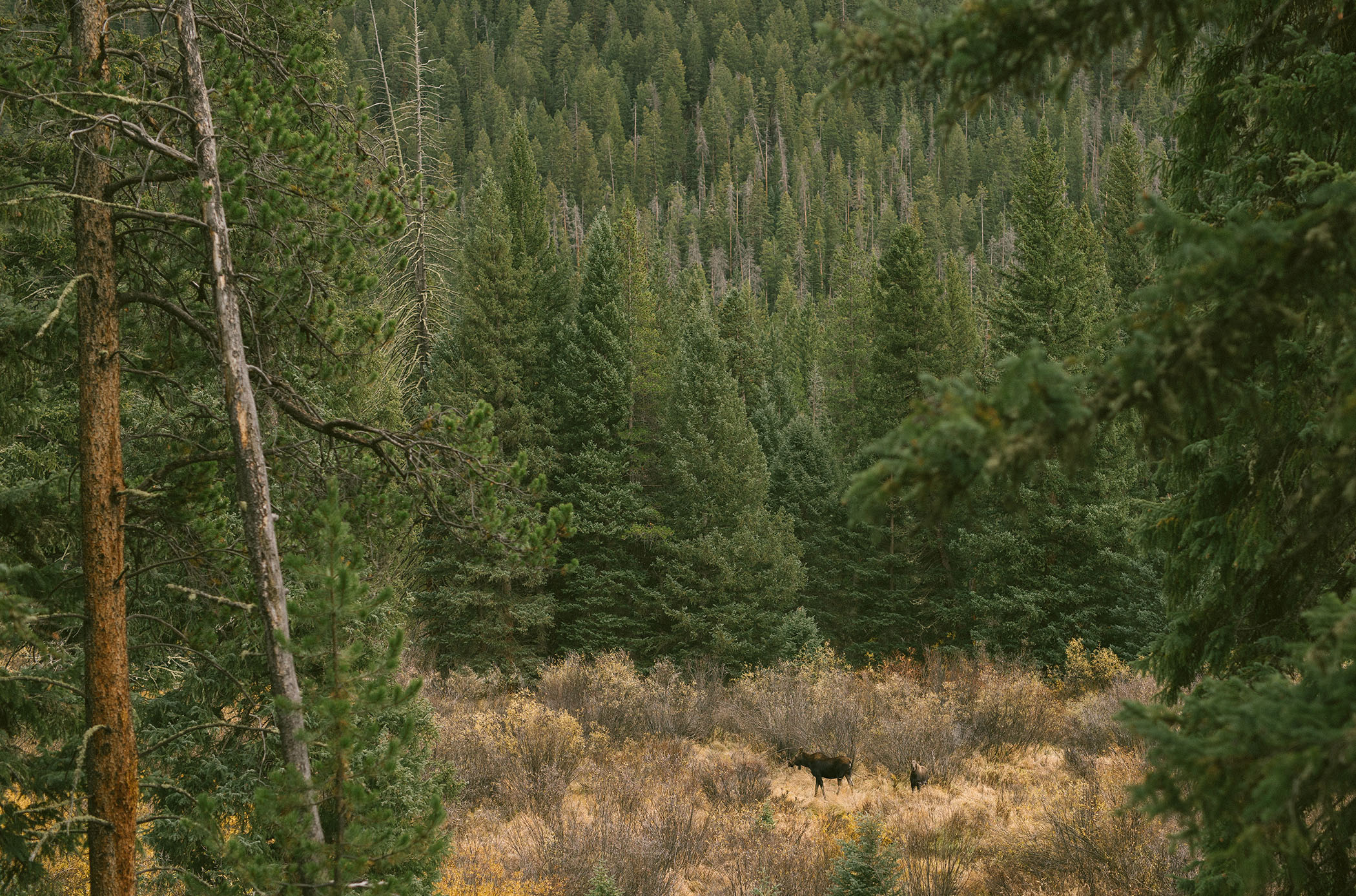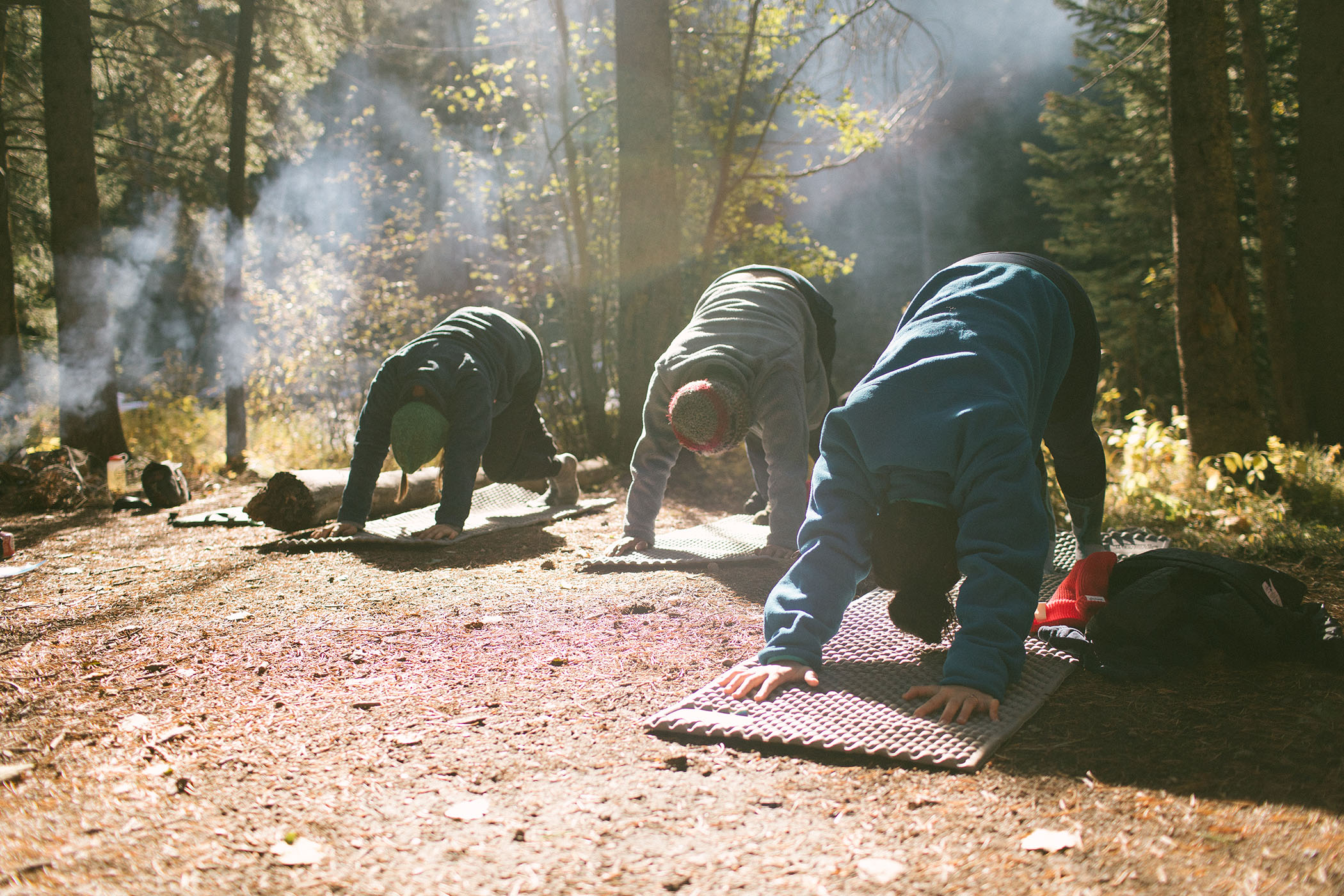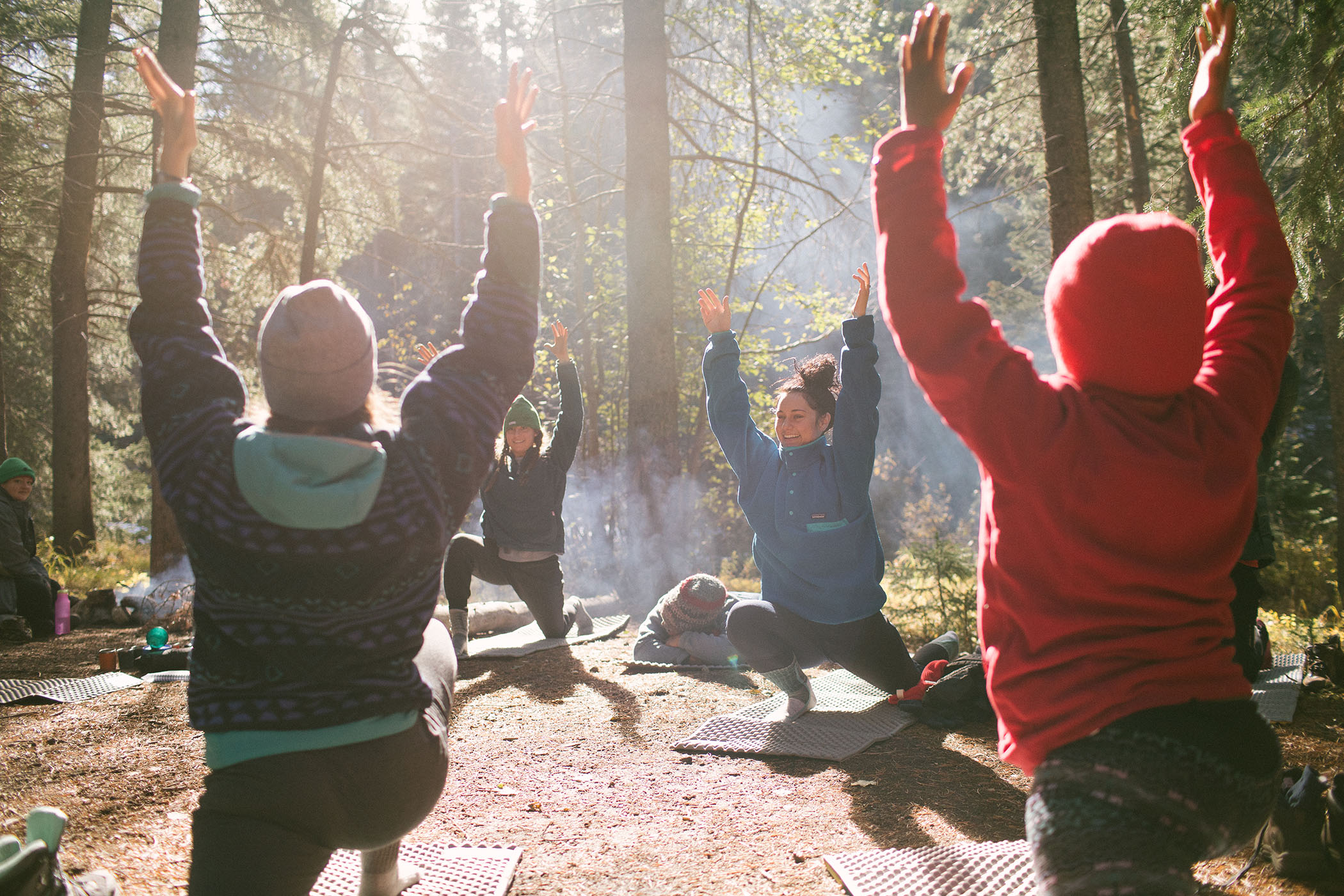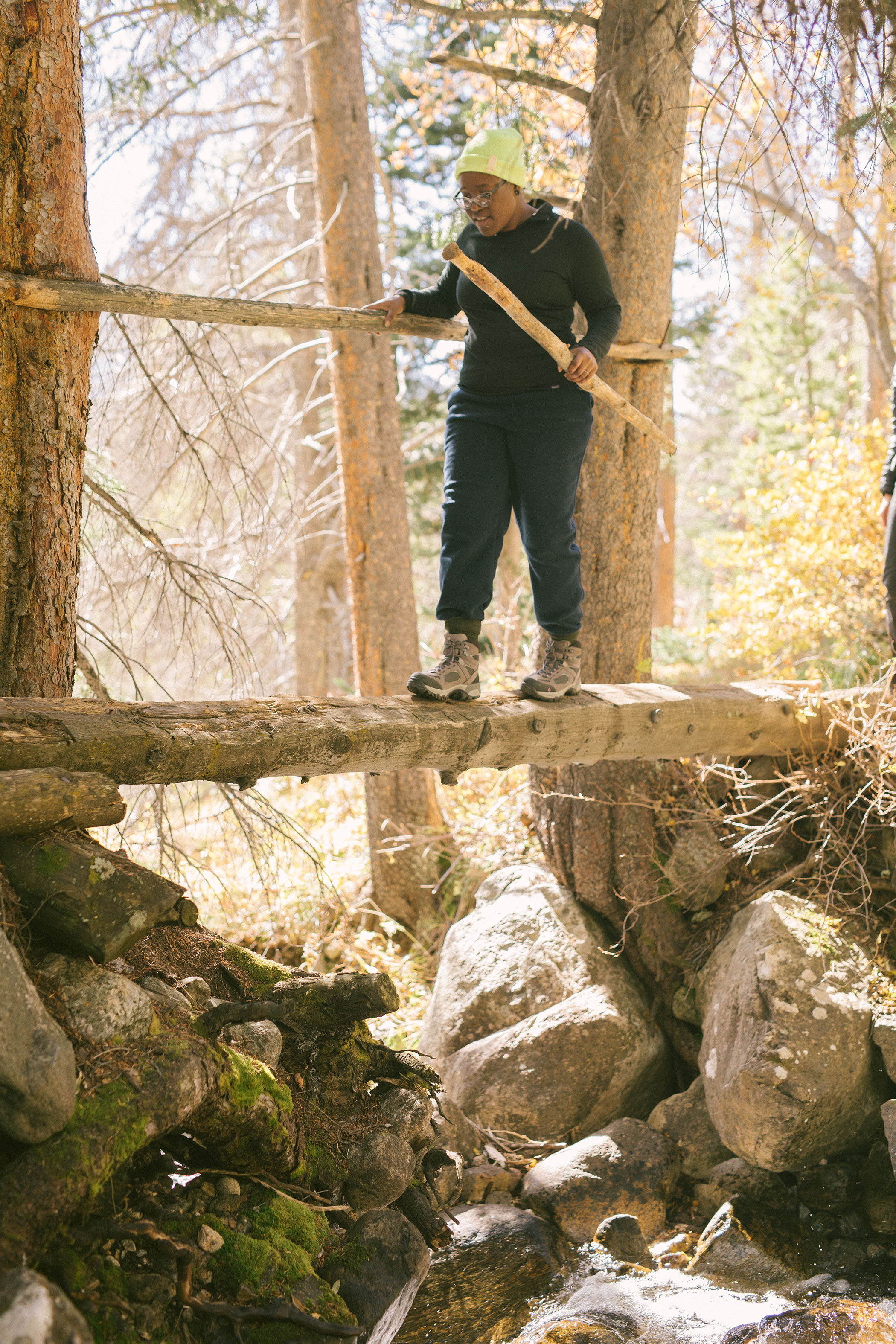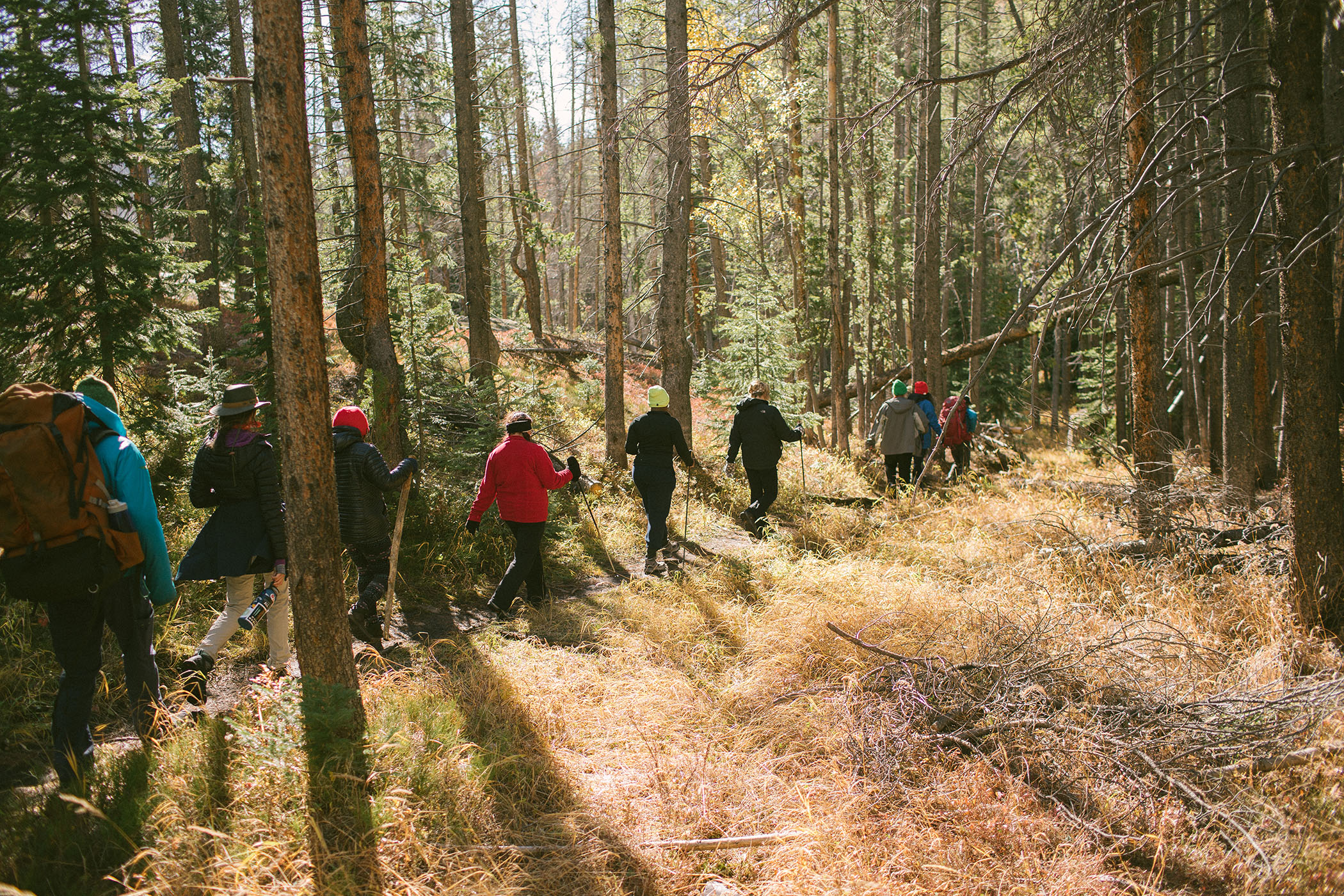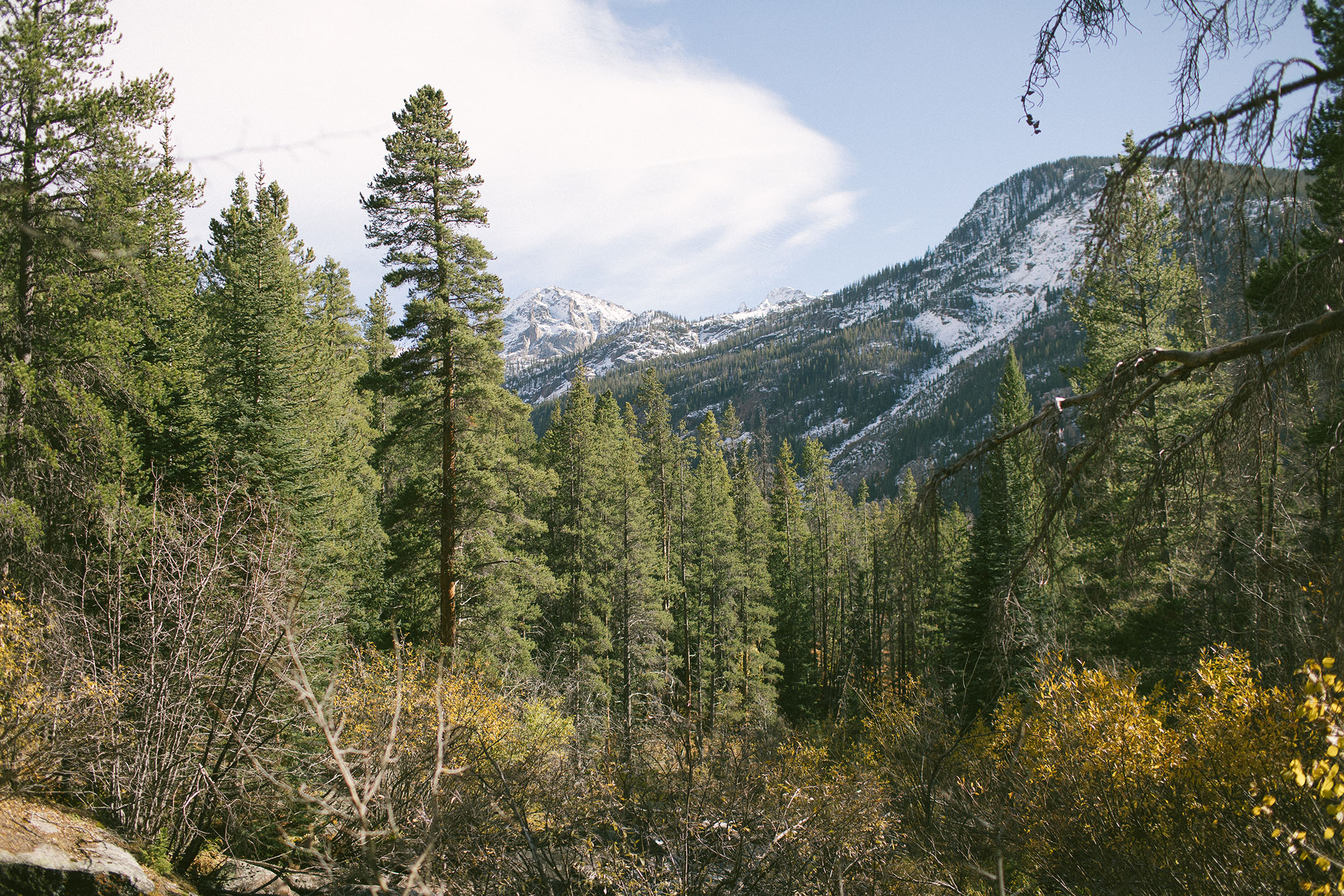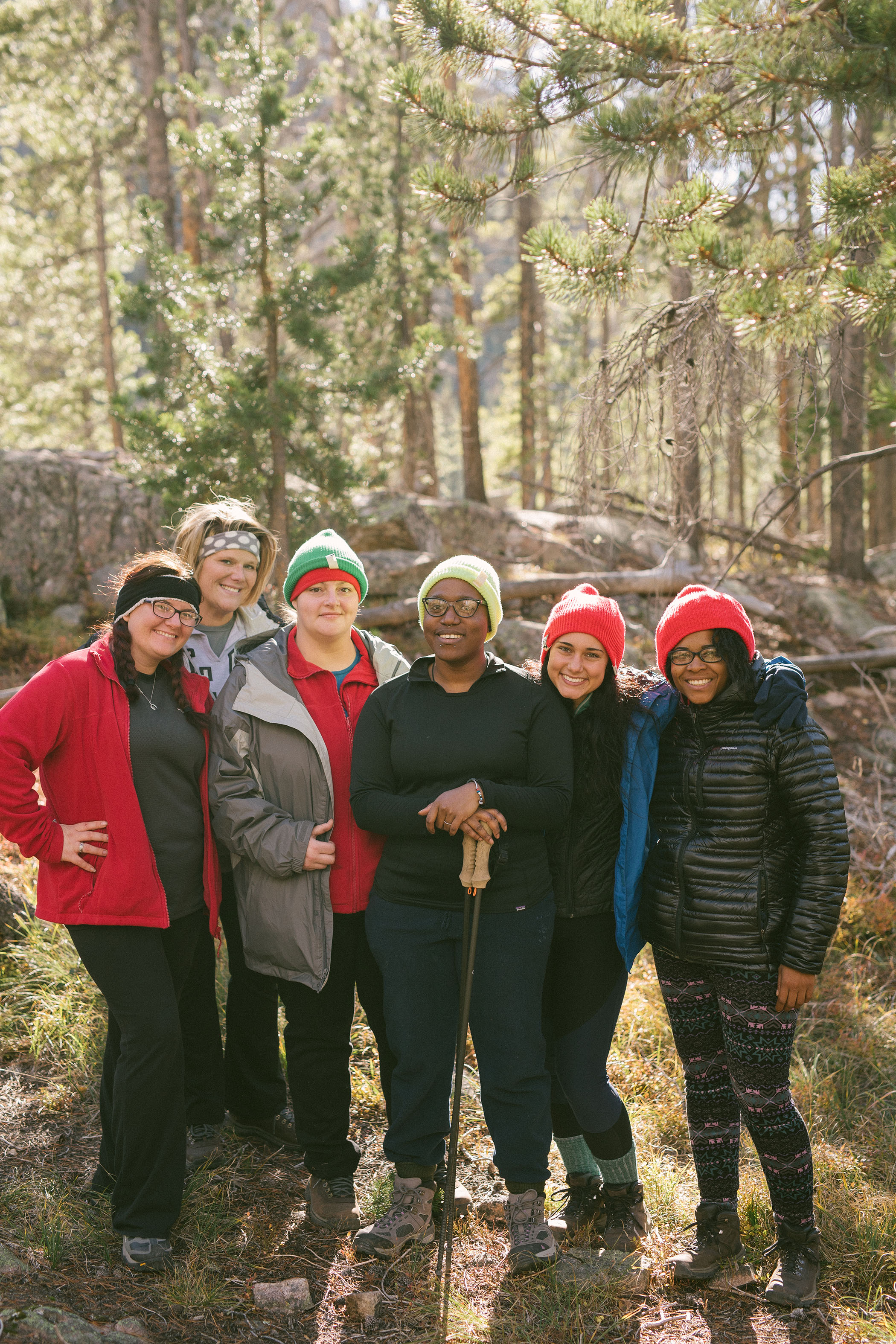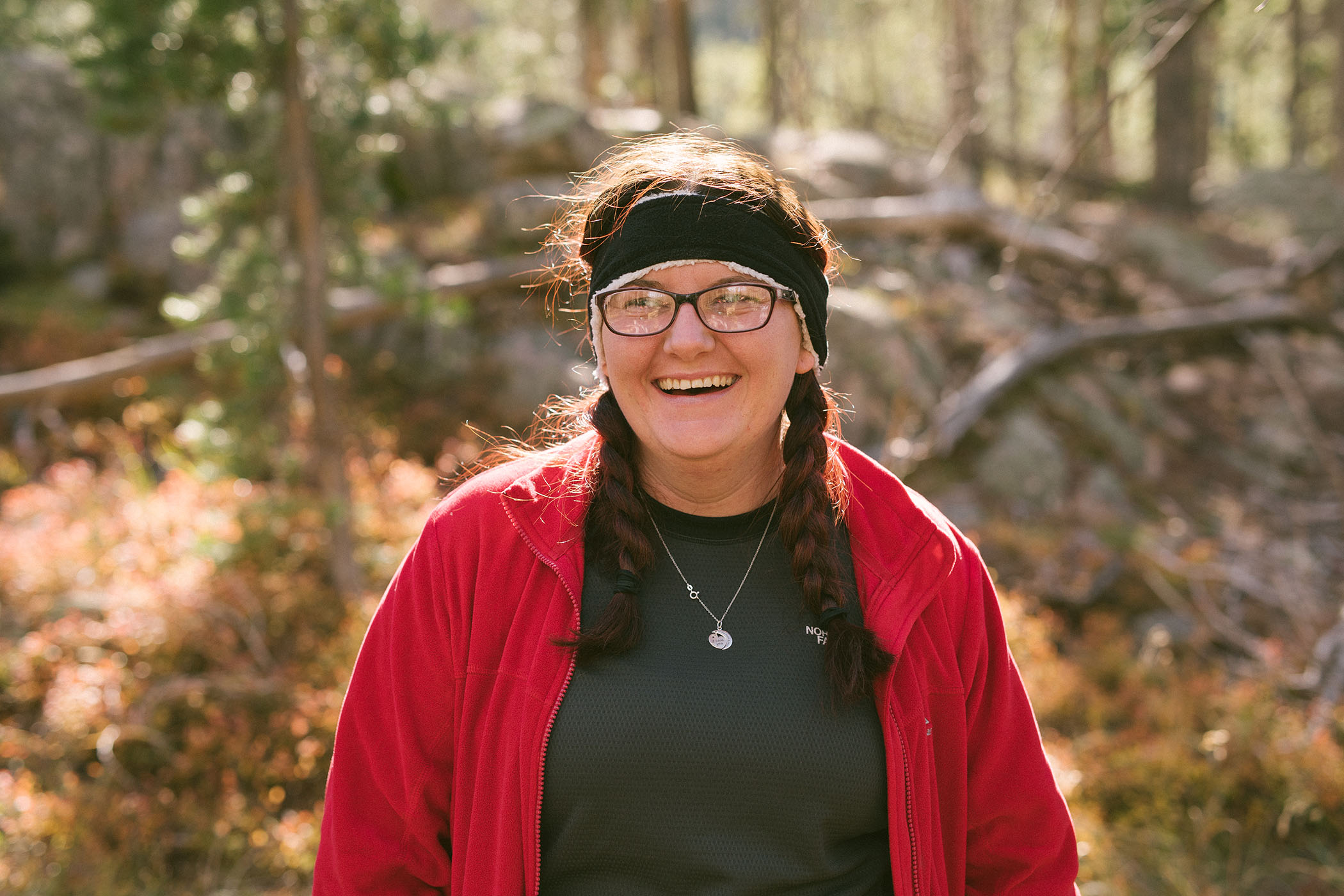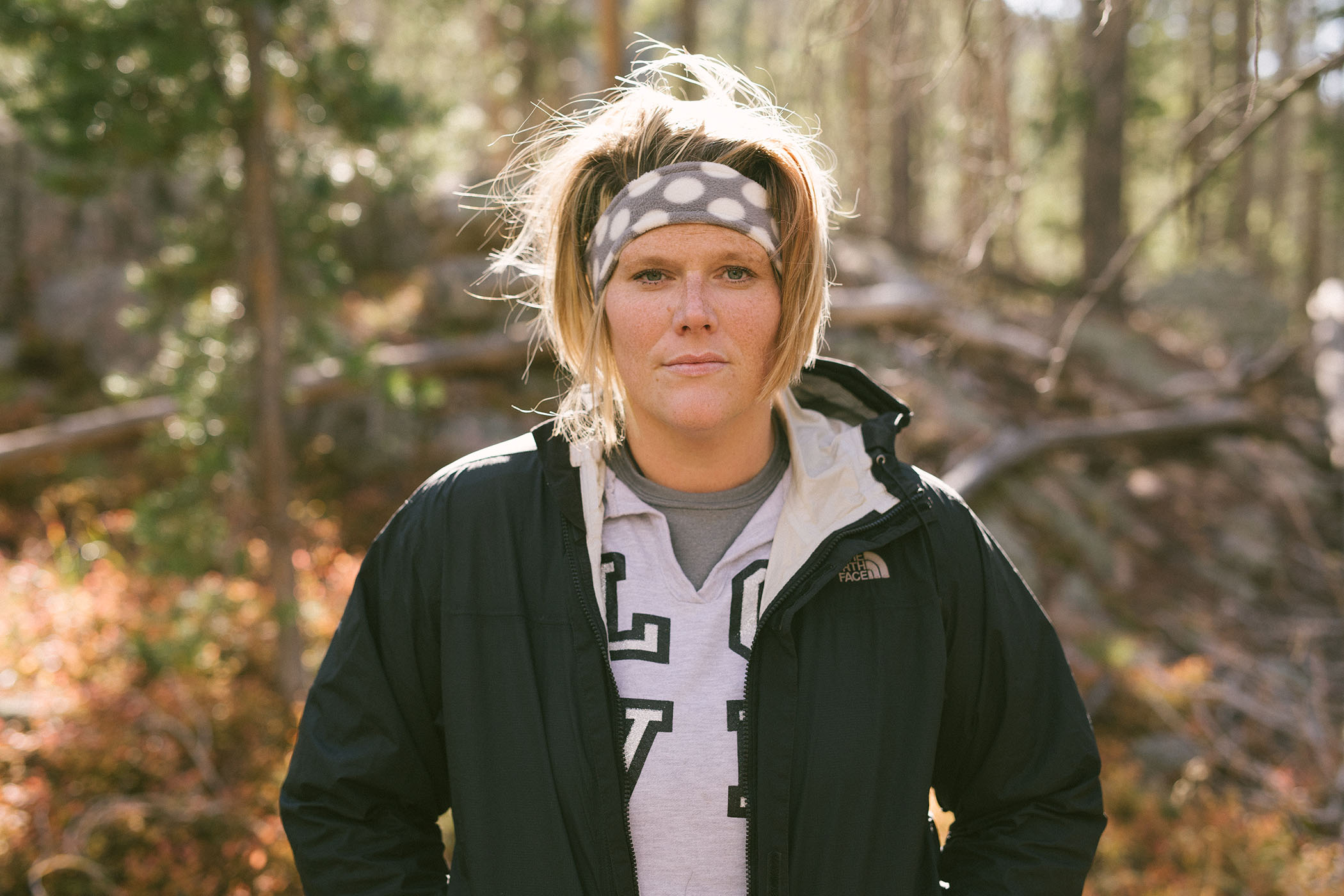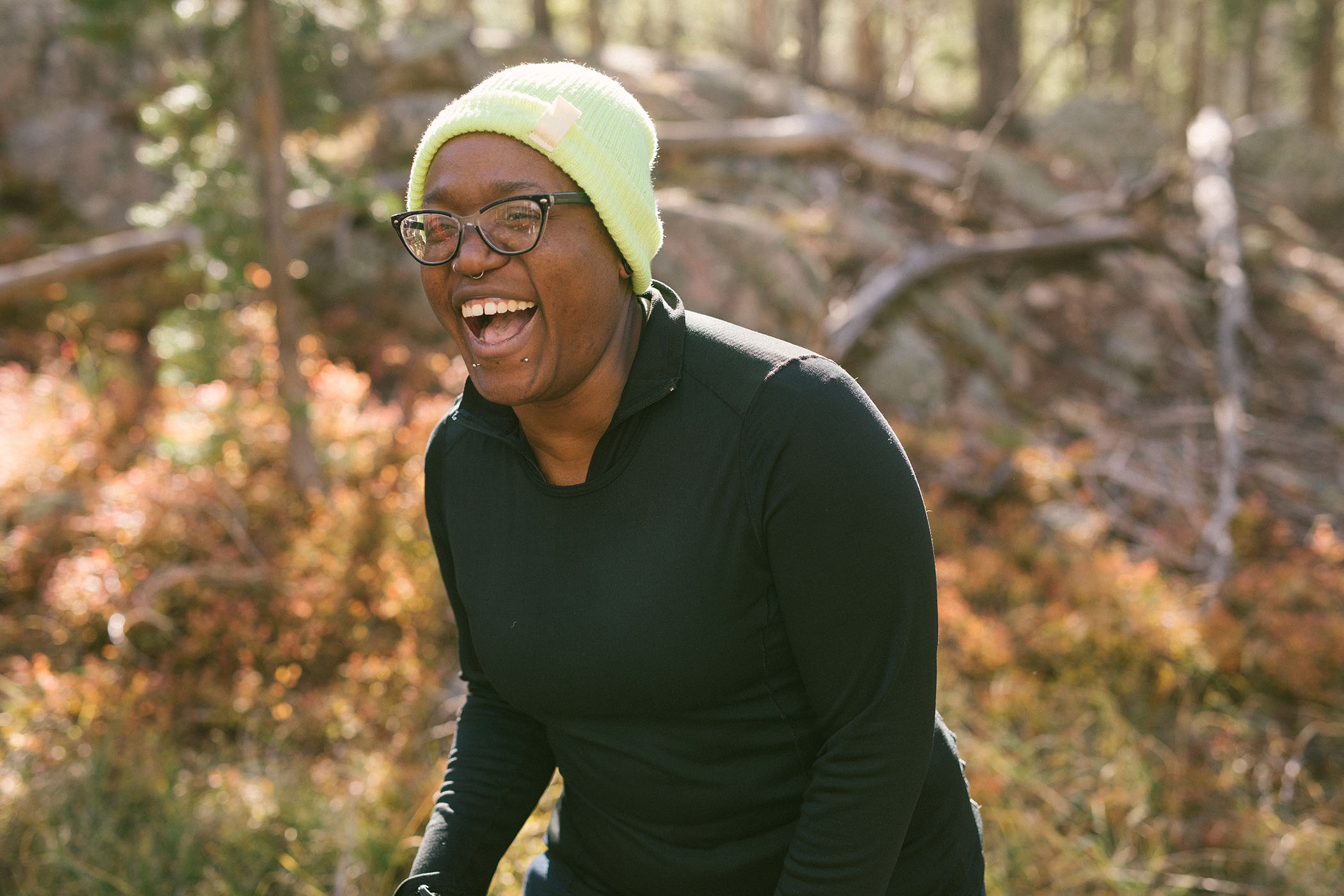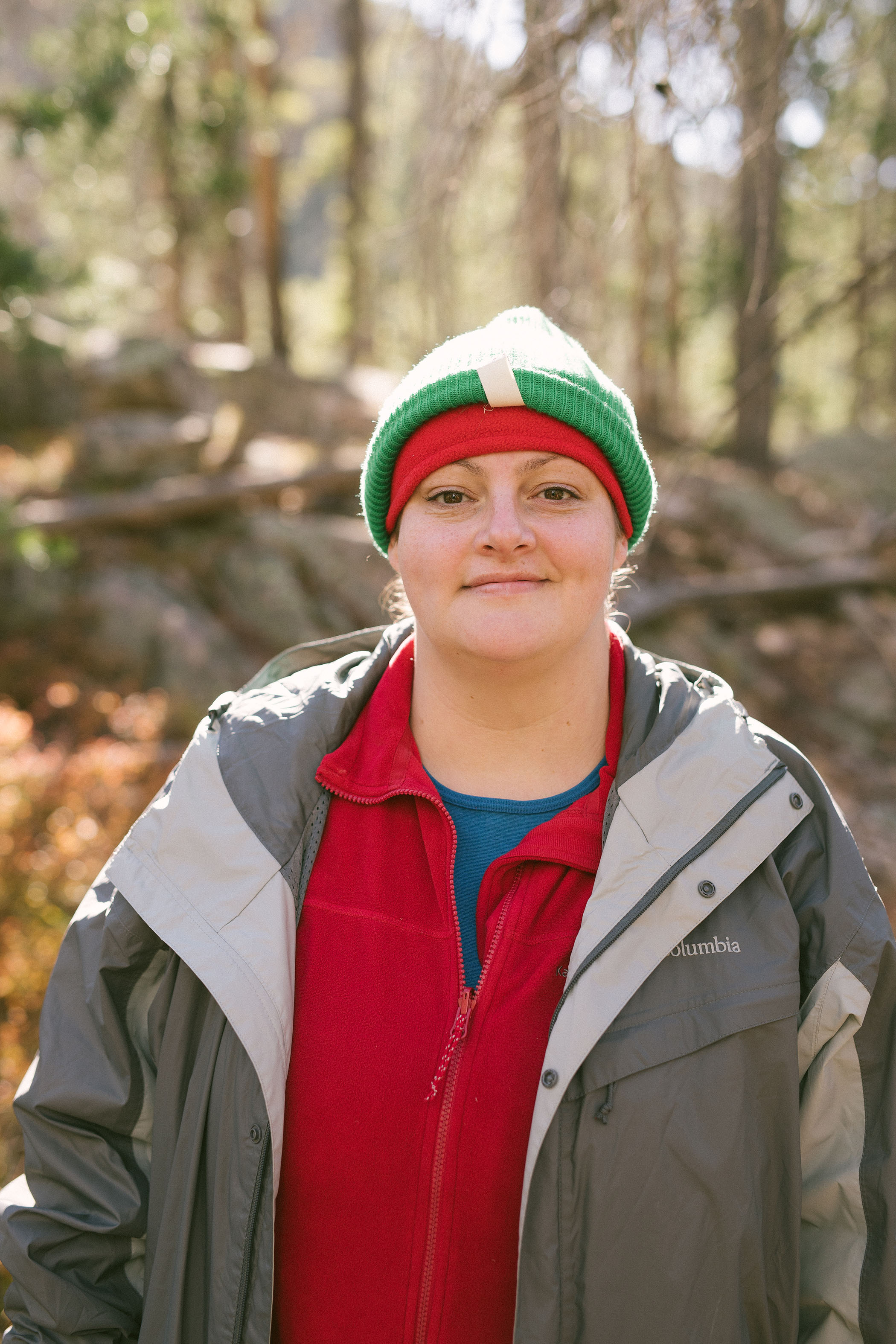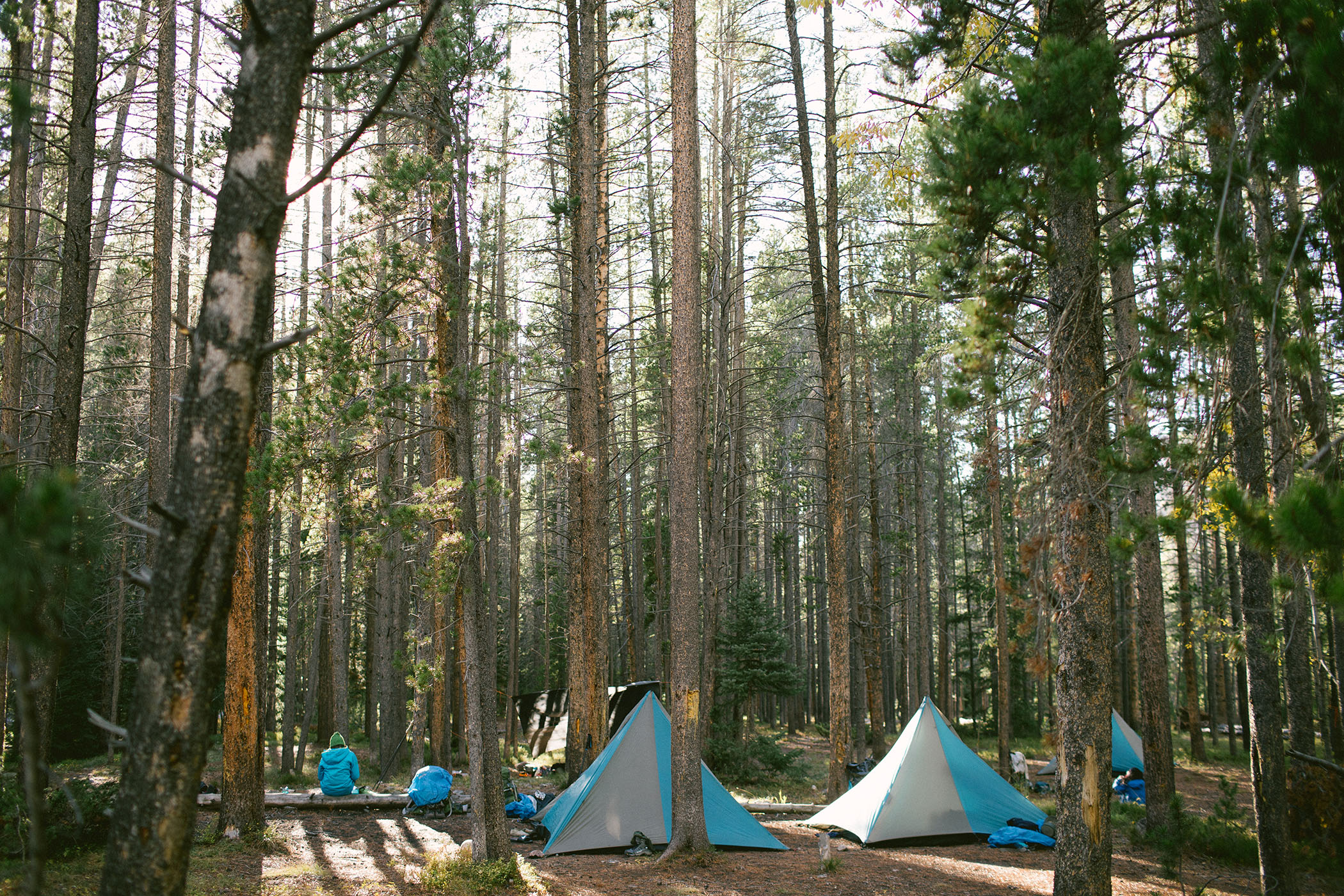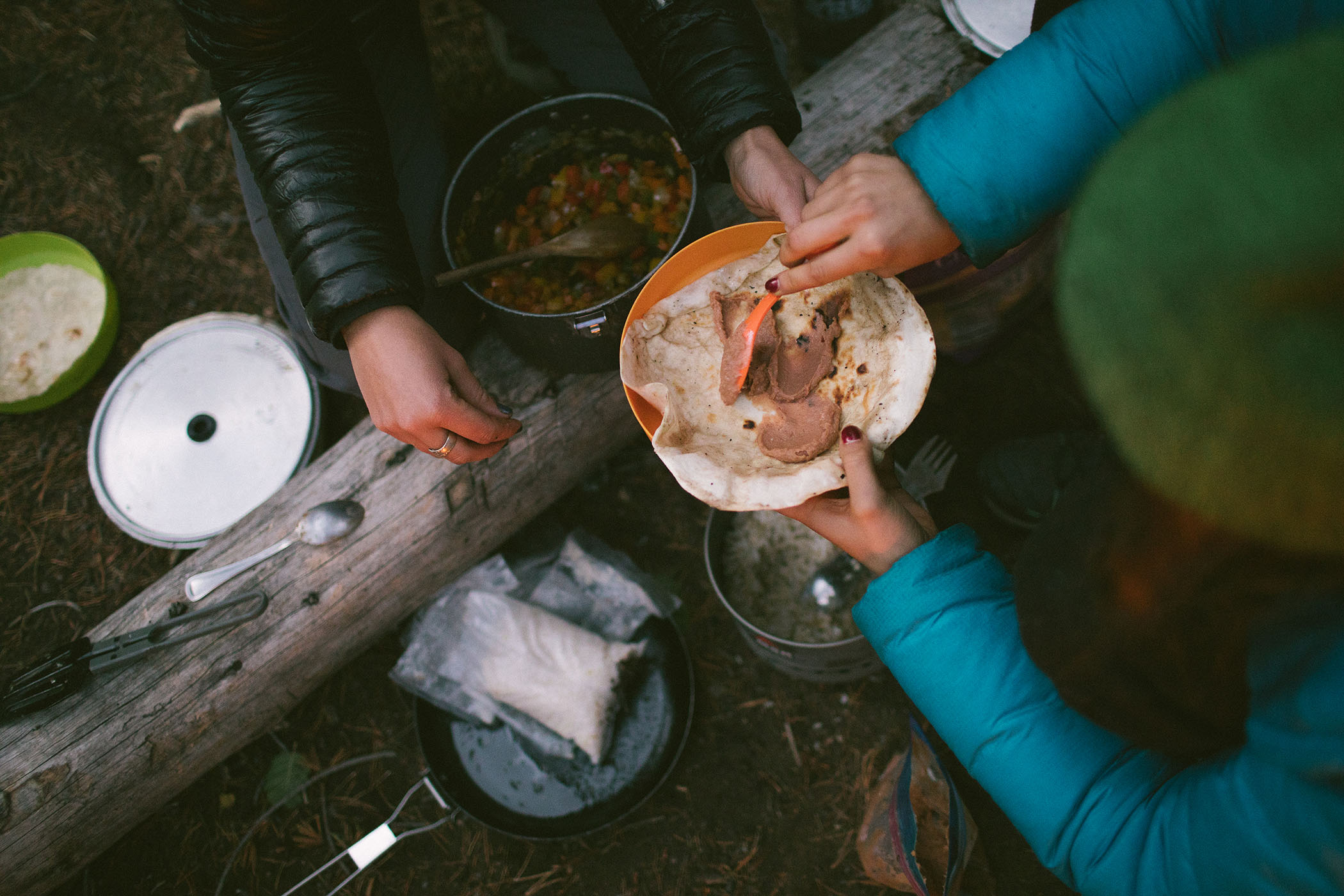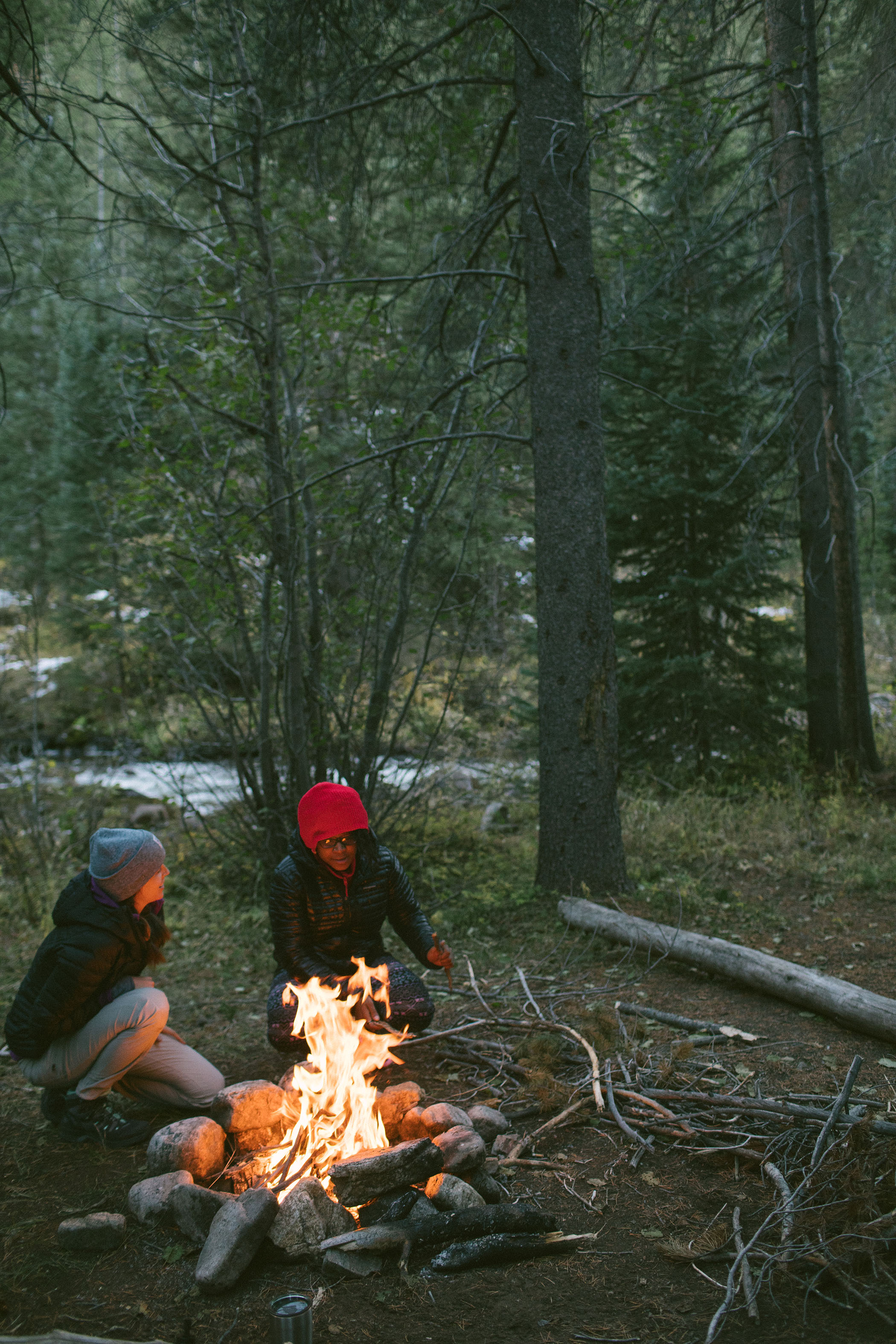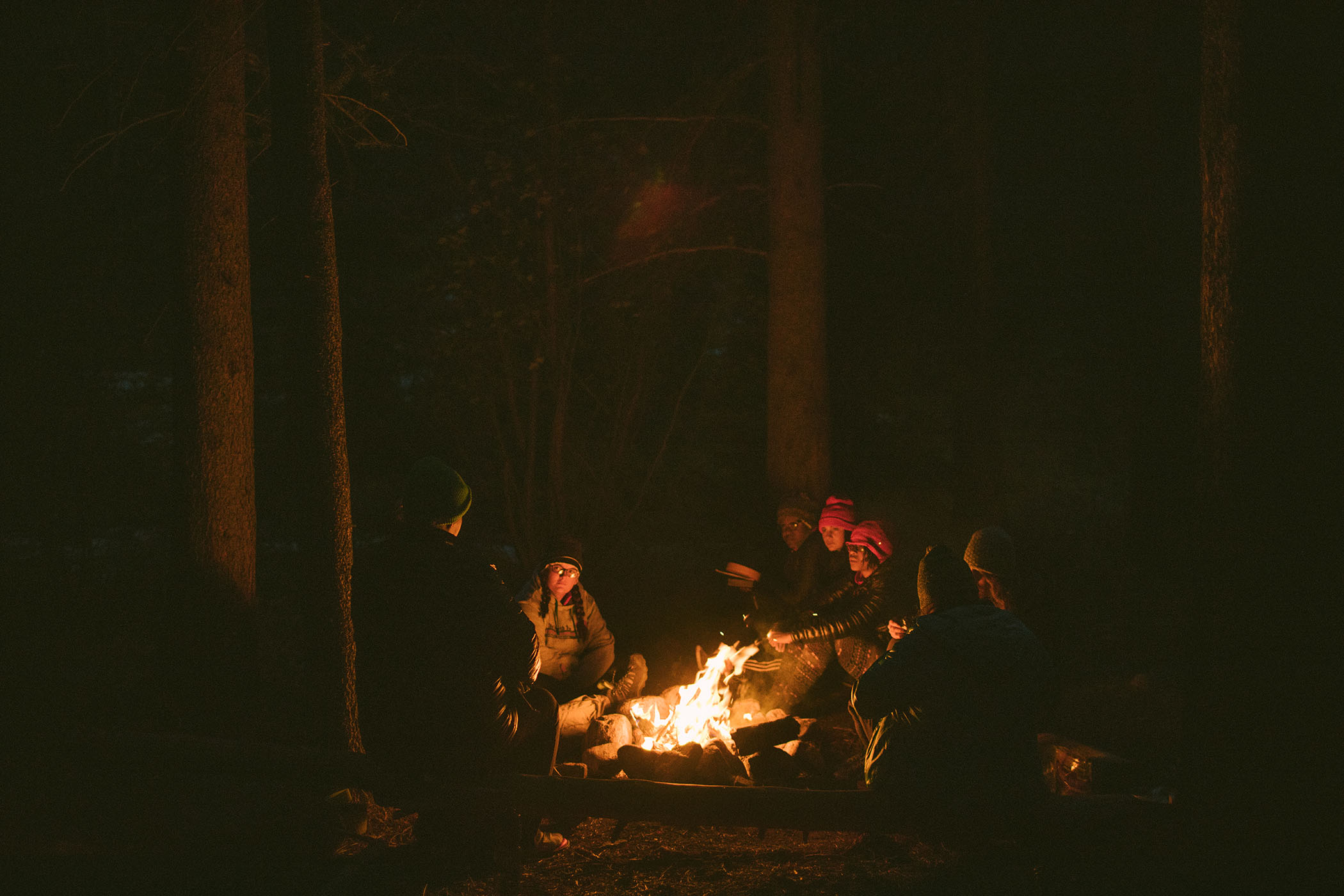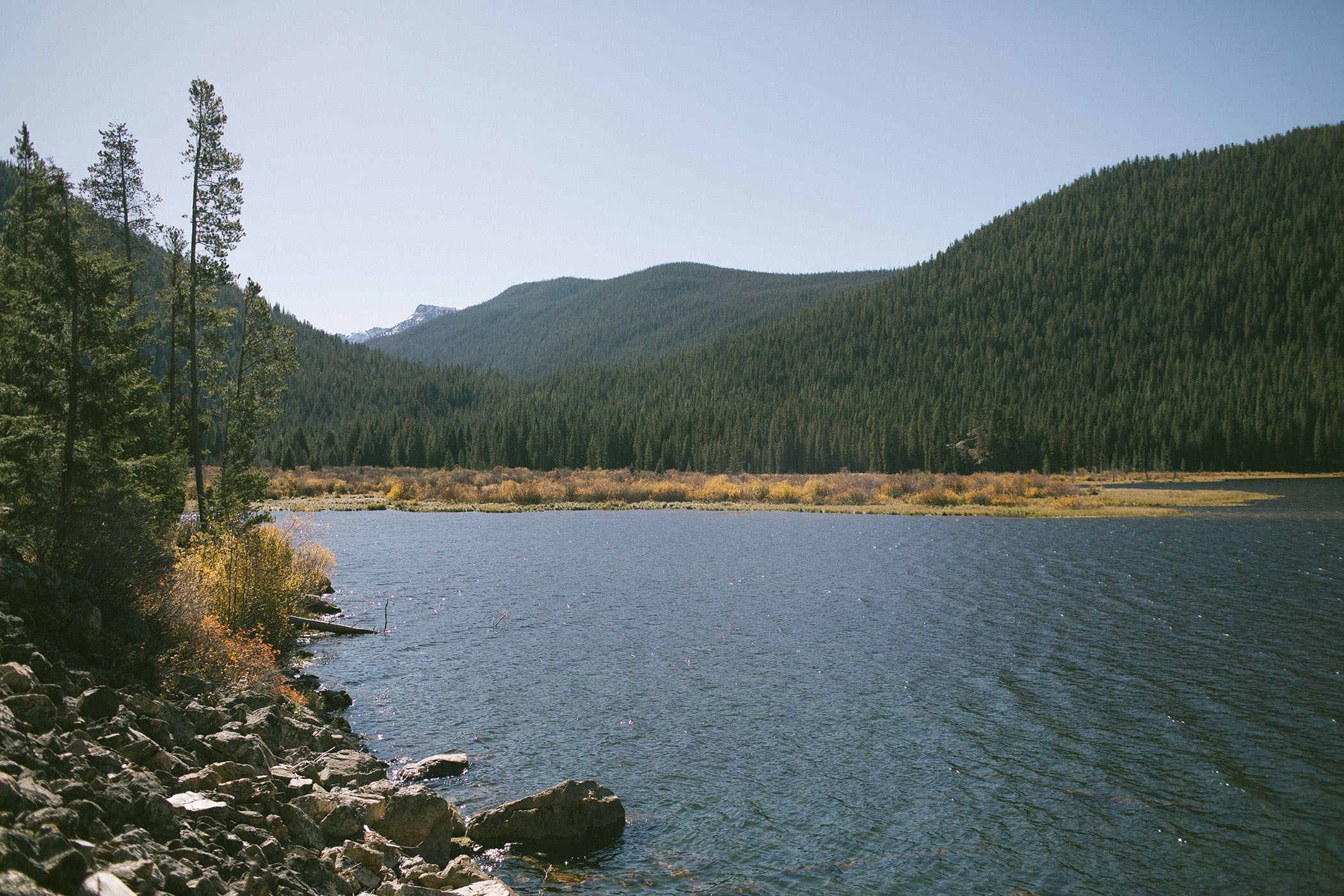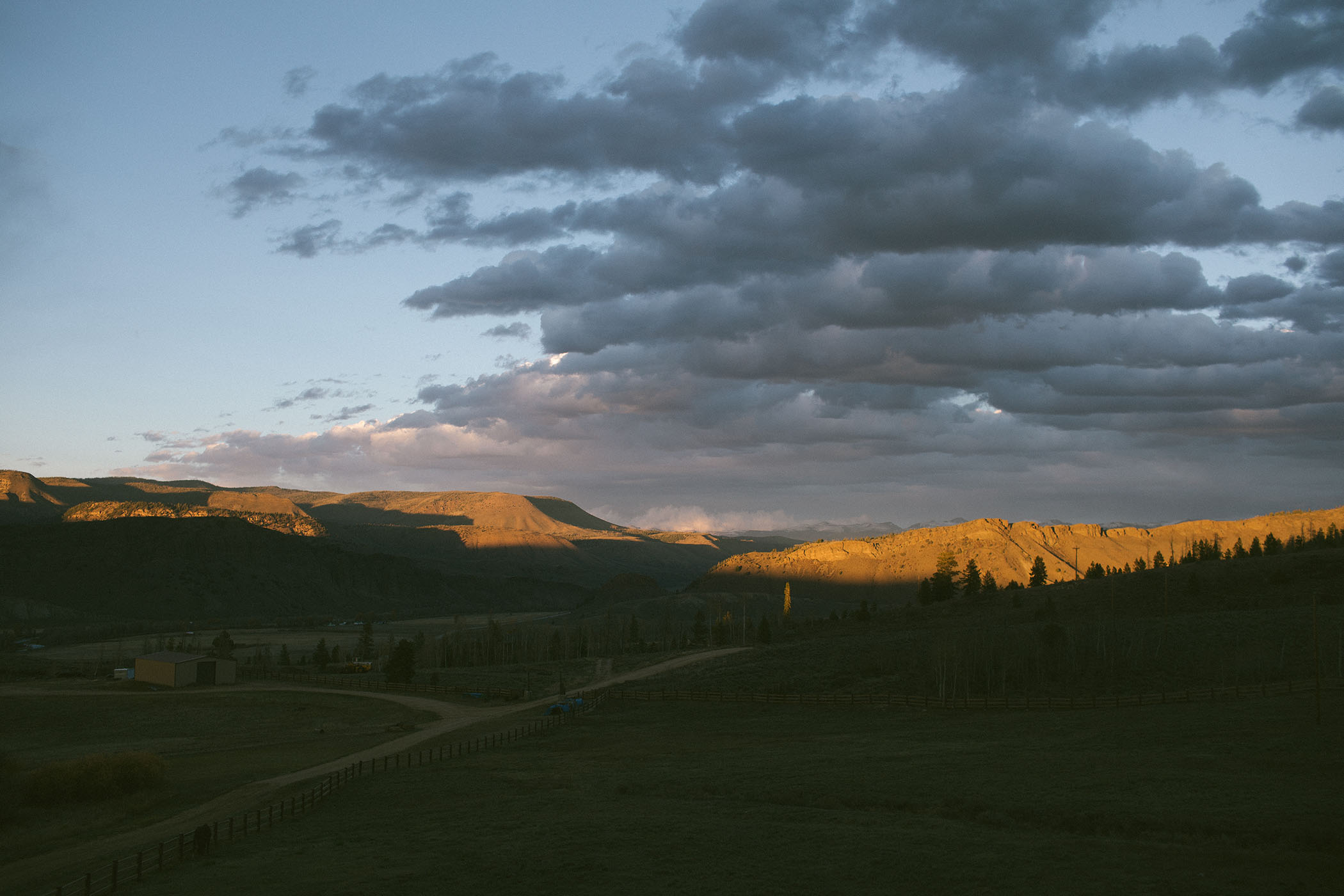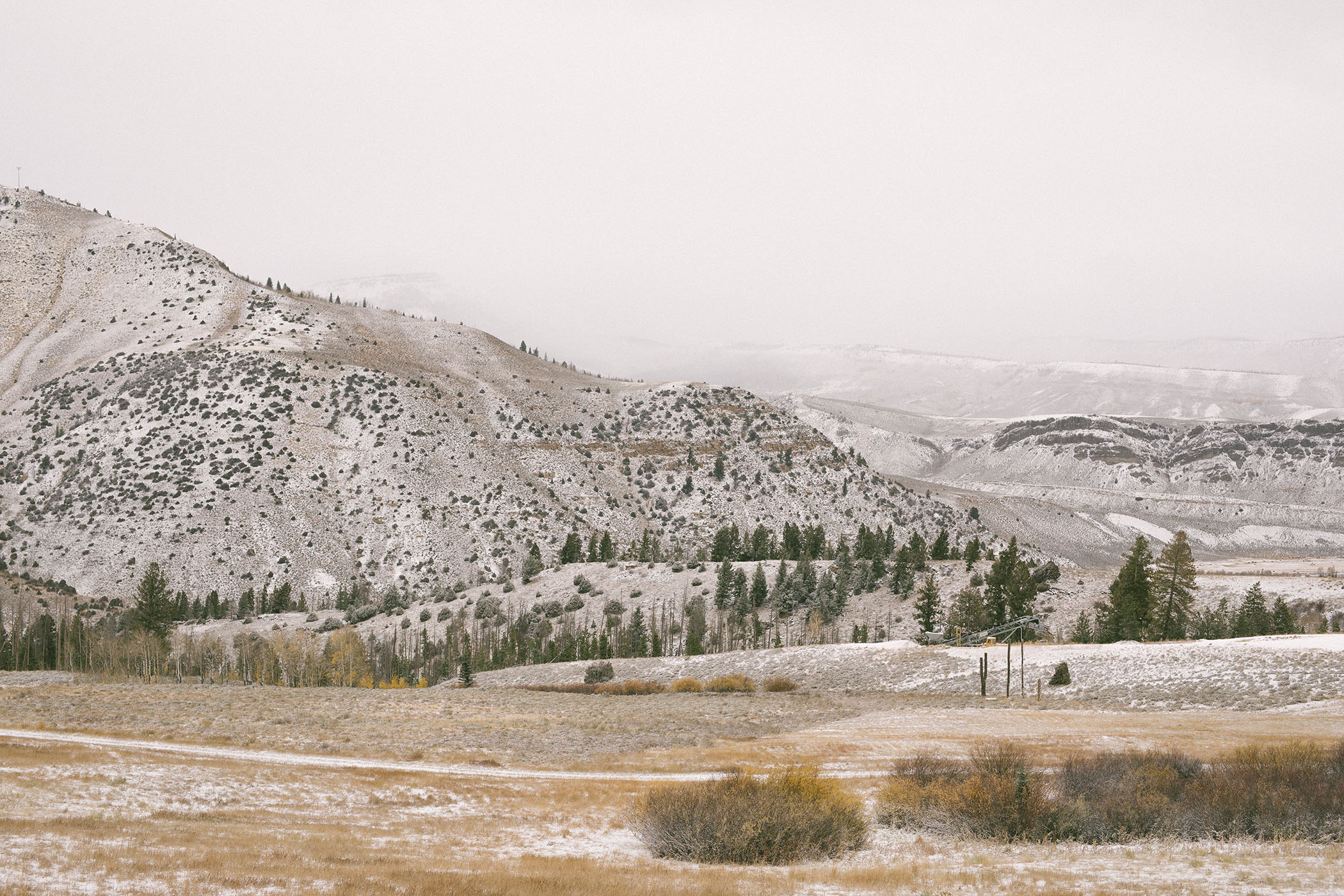Last October, I had the opportunity to document a 5 day women's backpacking trip in Colorado's Indian Peaks Wilderness with the Atlanta based nonprofit SheisABLE (which was founded by one of my favorite humans, Elise Knicely). Florence Williams joined us on behalf of Outside Magazine, and I'm thrilled to say that her words & my photos are in Outside's May 2018 issue, and featured online here.
This trip necessitated conversation within the outdoor industry on ways to structure outdoor programs for populations that have suffered long-term psychological trauma. The outdoor education and adventure world predominantly follows the formula of putting students in harsh and physically demanding environments as a means towards self-discovery and interpersonal breakthrough. Words like grit, endure, conquer, strength, tough, and survival are centerpieces of learning. For certain populations, this method is fantastic- I experienced it firsthand while working at Voyageur Outward Bound last summer. However, with other populations, different approaches have to be considered. The women I went on the trip with are some of the most resilient, gritty, and tough people I've ever met. They've endured pain beyond belief for horrific periods of time. When I asked one if she had previously been camping, she responded that the closest thing to camping she experienced was homelessness. This group didn't need to learn how to survive, they'd been surviving their whole life. They needed comfort, empowerment, compassion, self-care, safety. The benefits and healing that come from nature cannot begin if your population feels like their basic safety needs are not met.
As Aleya explains it, healing trauma is complicated. That’s because the brain wants to hold on to memories of danger. “They’re separate from linear, logical thought processes,” she says, “so your nervous system acts like it’s happening now or is about to.” Simply talking about traumatic memories doesn’t fully work, because it engages only those neural pathways associated with logic and speech. Healing involves both separating fearful emotions from bad memories and bringing the nervous system back to the safer, quieter present. “Trauma healing happens not only through talking, but also through integrative nonverbal therapies,” Aleya says, referring to both movement and mindful-ness. These happen easily in adventure sports, as long as they feel relatively safe.
So what does that look in the context of an expedition? For our trip, it meant fewer miles, lots of verbal processing, and play. Not only was it the women's first time camping, but we were camping in Colorado in October, where we experienced freezing temperature and a snowstorm. For most of the women, playfulness and goofiness were emotions taken from them at a very young age. Partnering a playful spirit with a sense of safety in a natural environment brought many moments of laughter, fun, and healing.
Our trip ended in Toth Ranch, a retreat center in Hot Sulphur Springs that brought warmth, food, and a safe space to process their experience in the wilderness. Hiking with heavy packs immediately grounded the women- for some, it was the first time in years that they felt aware of their bodies, and that they could claim ownership of their body once more.
The fact that she is even feeling her body is progress, according to researchers like Julie Anne Laser-Maira, a trafficking expert and associate professor at the University of Denver. “They’ve been through so much brutality,” she says. To survive those experiences, women often dissociate from their bodies.
I hope that this article sparks conversation amongst outdoor educators, companies and outfitters to consider alternative ways of facilitating outdoor programs for other student populations. Nature is accessible, healing, and nourishing for all, and I would love to see continued effort towards creating programs that provide powerful expeditions for populations that have suffered long-term trauma.
Florence wrote an amazing book on the scientific ways that nature affects creativity, health, and happiness on our brain. It's called The Nature Fix, and you can buy it here. Outside's May Issue is available in stores now, and the online article is available here.
E, I am so proud of you. Keep following that beautiful heart of yours.
A thousand thank you's to E for creating SheisABLE, and to Outside & Florence for being their megaphone.
